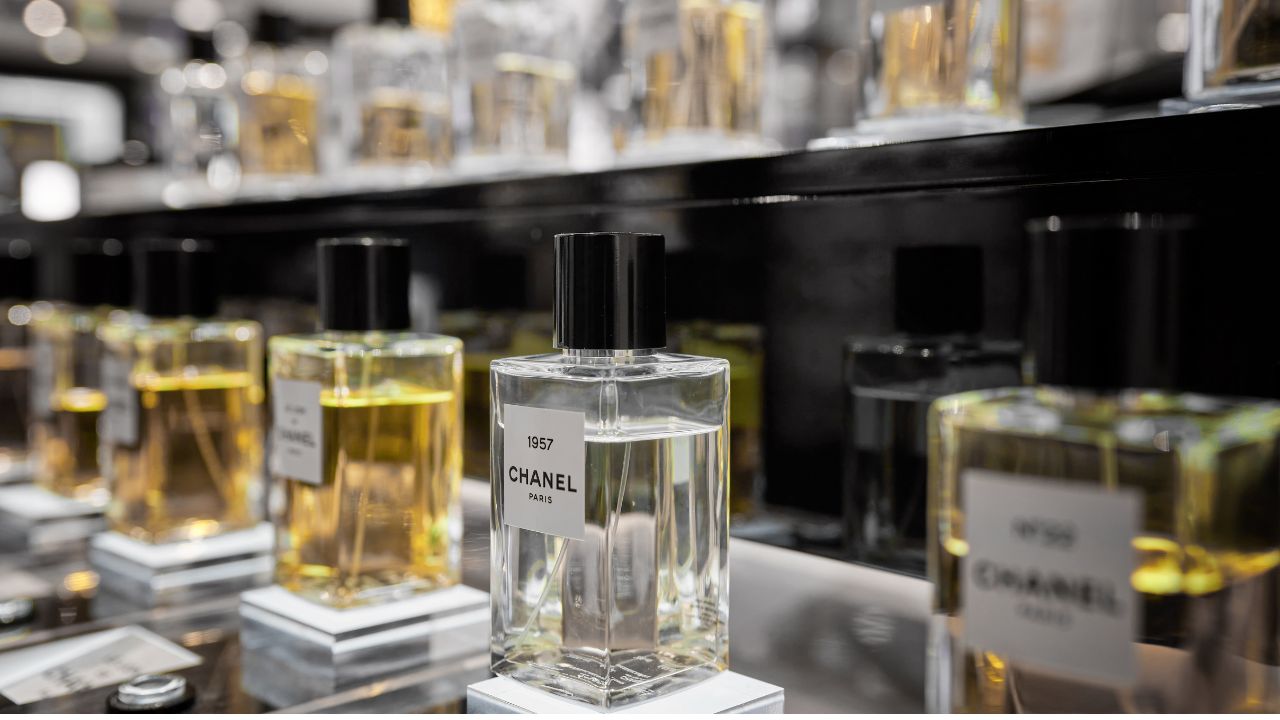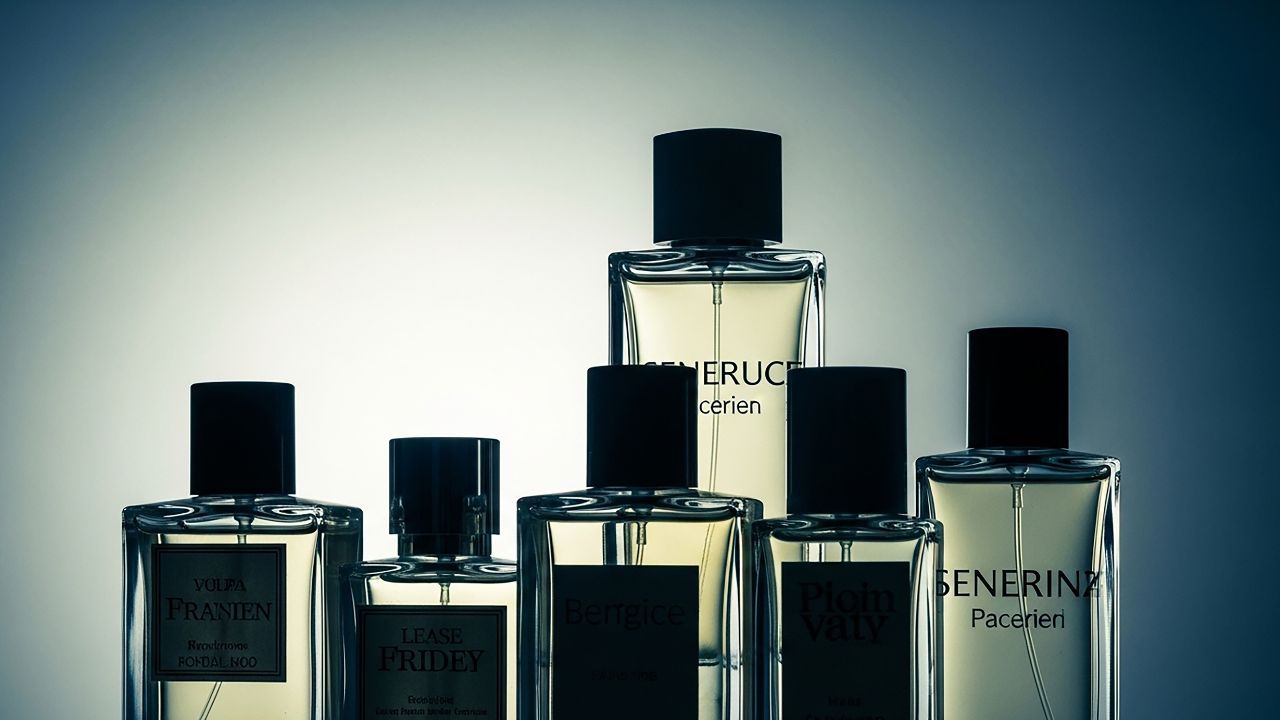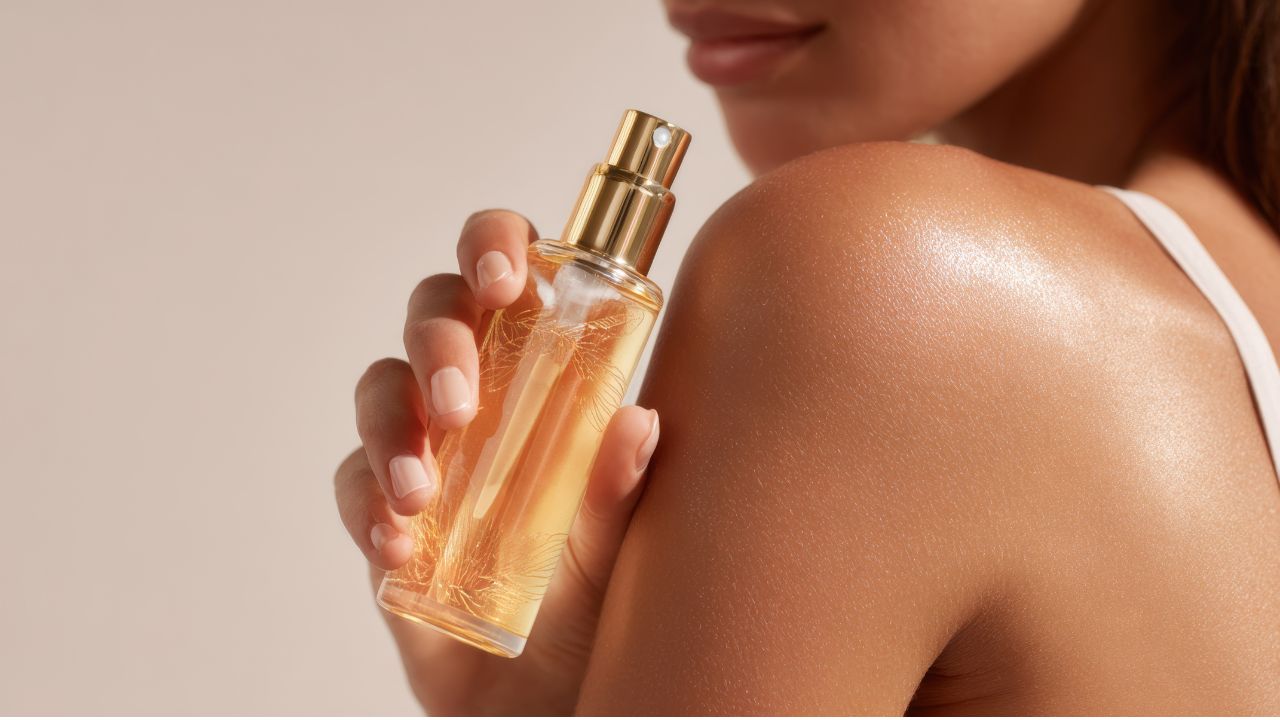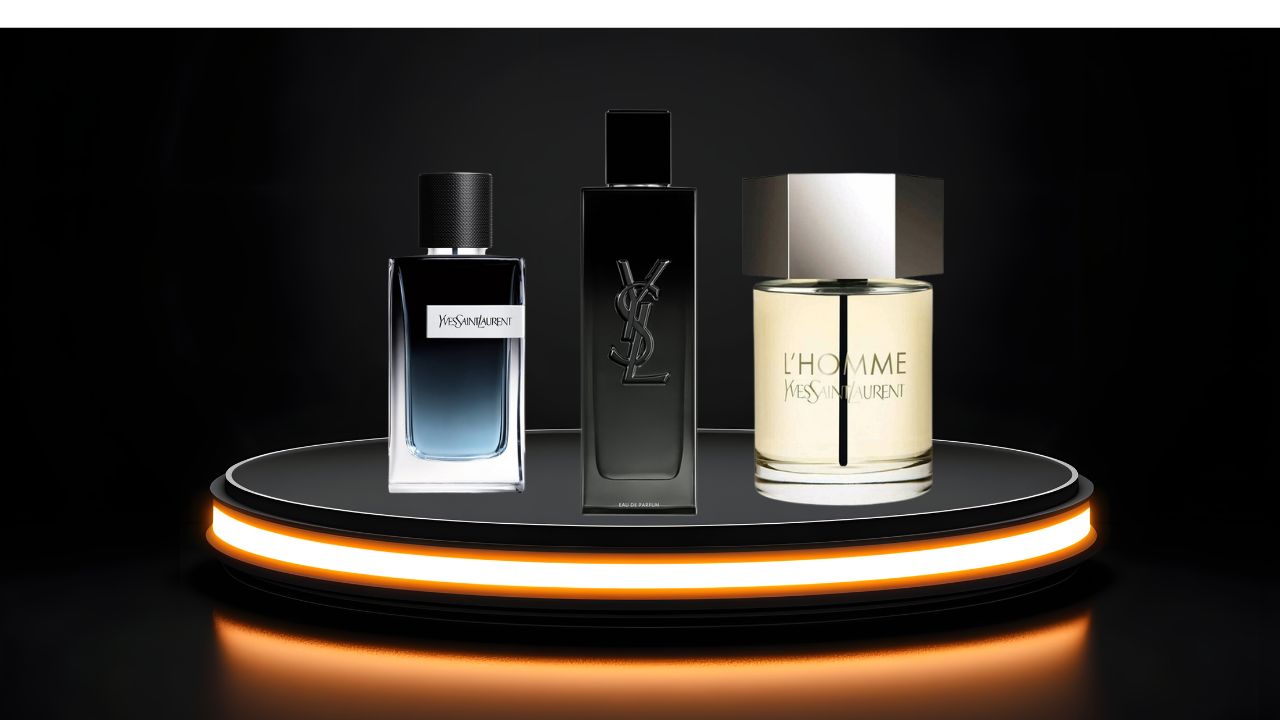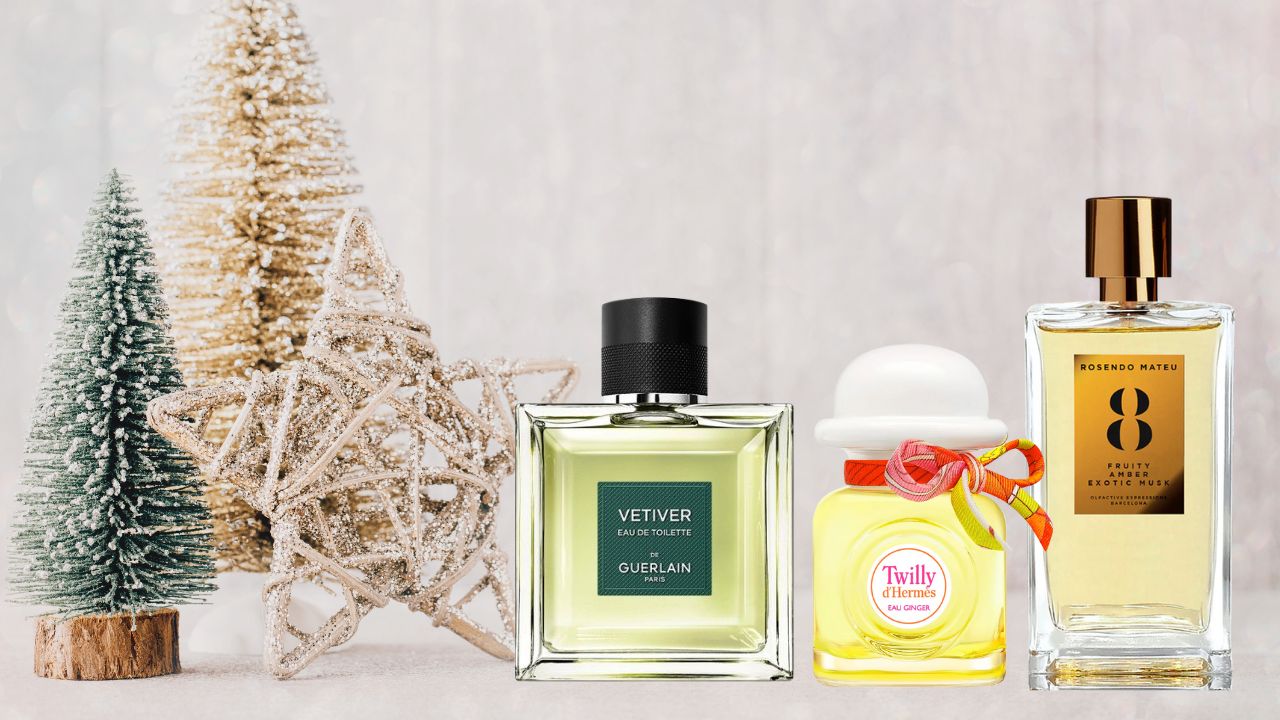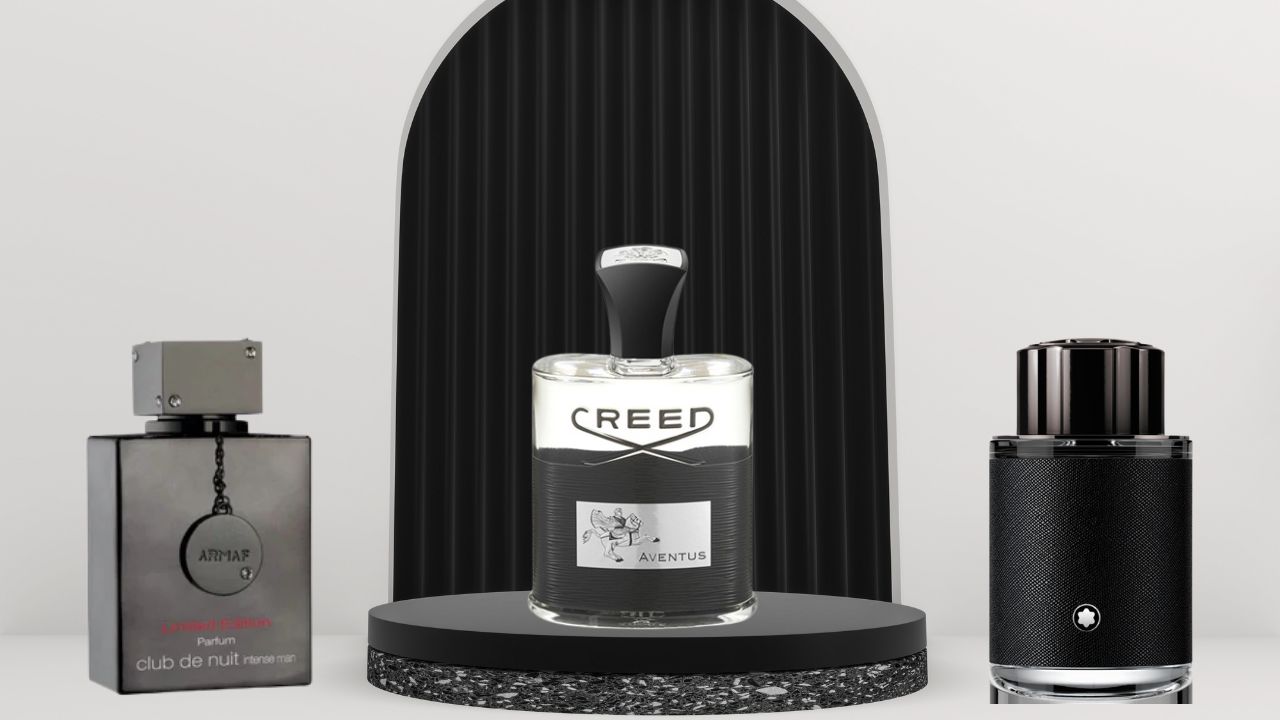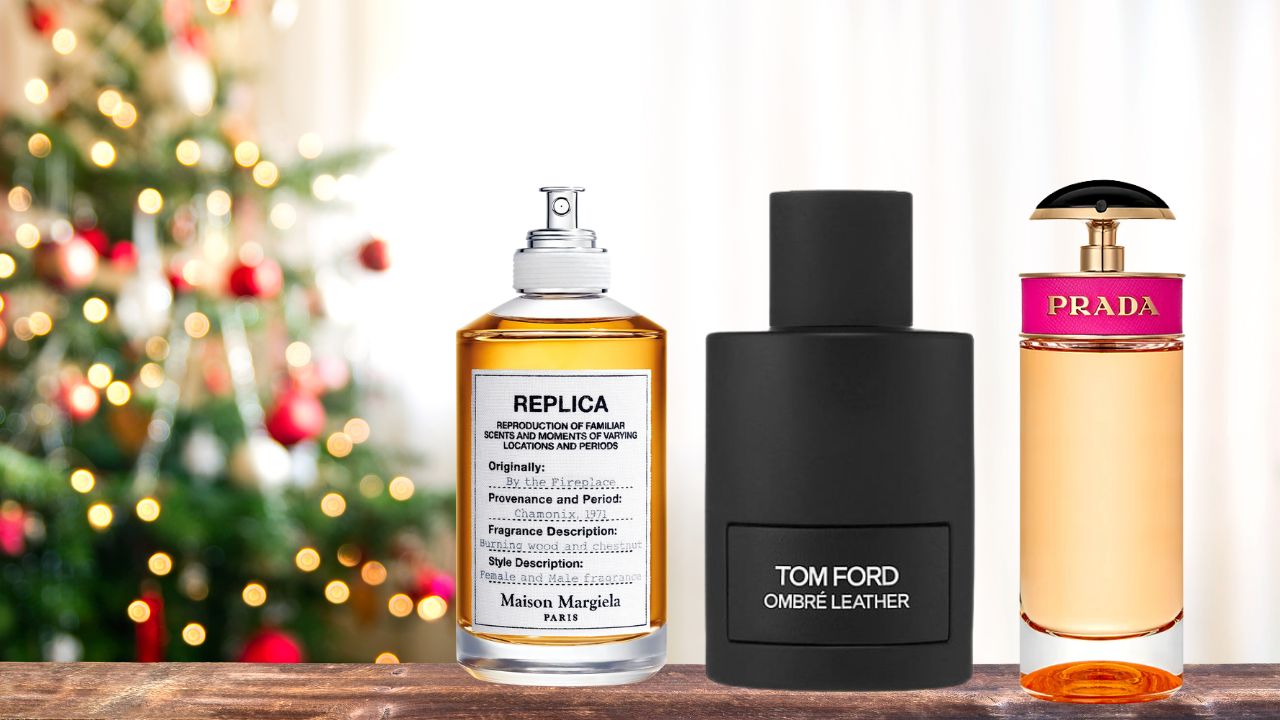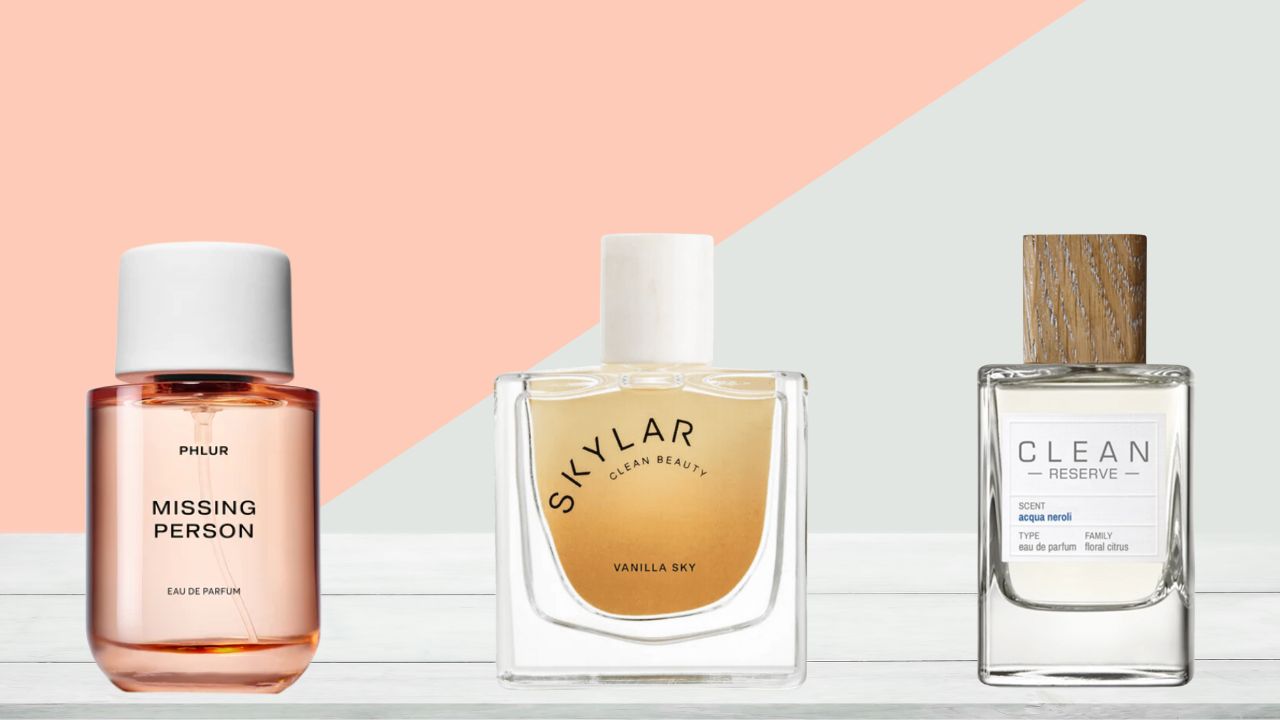Blog
Home / Beauty, Hair & Skin Care / What Is Retinol and What Does It Do? The Complete Science-Backed Guide
Categories
Recent Posts
- How to Buy Authentic Niche Perfume at the Best Price
- How to Buy Authentic Niche Perfume: A Complete Guide
- The Science and Seduction of Pheromone Perfume: What You Need to Know
- 10 Reasons Why You’ll Love Being a Beautinow VIP Member
- The Sophisticated Art of Finding Cheaper Alternatives to Tom Ford Black Orchid
What Is Retinol and What Does It Do? The Complete Science-Backed Guide
0
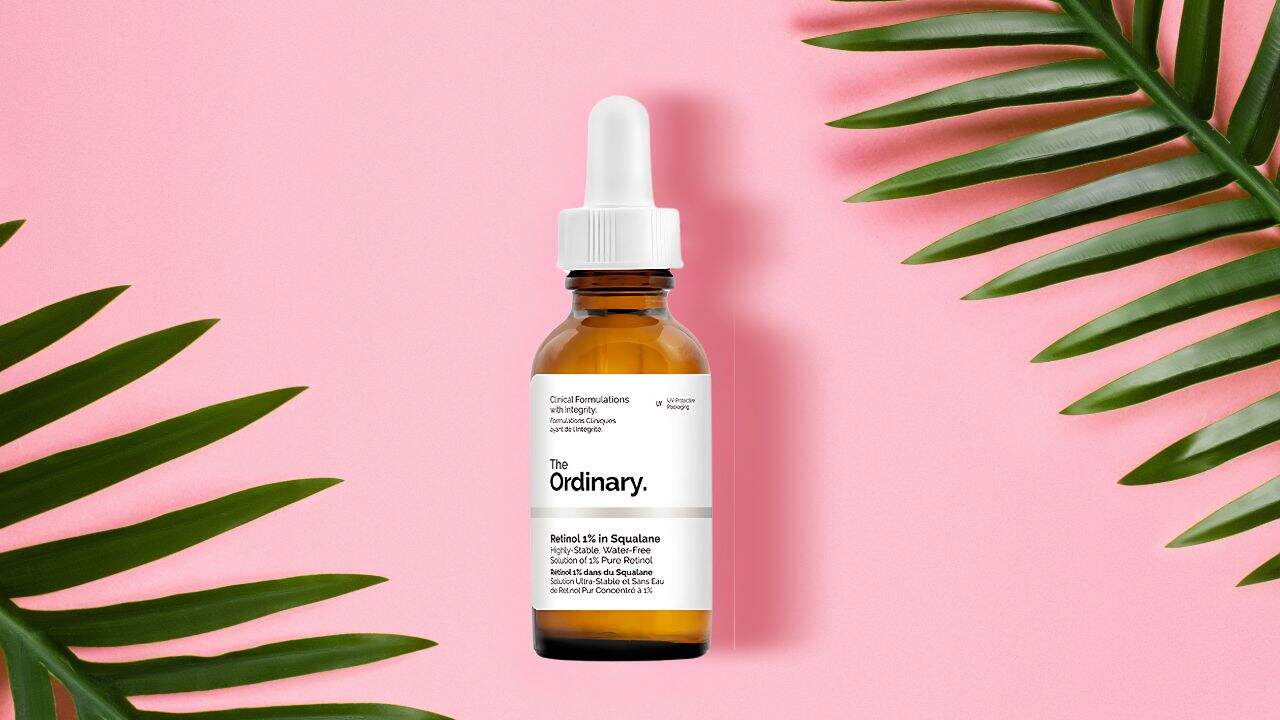
If you’ve spent any time browsing skincare aisles or scrolling through beauty content, you’ve undoubtedly encountered retinol. This golden child of the skincare world has earned its reputation through decades of scientific research and countless success stories. But despite its popularity, retinol remains one of the most misunderstood skincare ingredients.
Whether you’re a skincare novice curious about the hype or someone who’s been intimidated by retinol’s reputation, this comprehensive guide will demystify everything you need to know. We’ll explore the science behind how retinol works, its proven benefits, potential side effects, and most importantly, how to use it safely and effectively for your skin type.
Understanding Retinol: The Science Behind the Ingredient
Retinol is a derivative of vitamin A, belonging to a larger family of compounds called retinoids. But here’s what makes it fascinating: when you apply retinol to your skin, it doesn’t immediately get to work. Instead, your skin cells convert retinol through a series of enzymatic reactions:
Retinol → Retinaldehyde → Retinoic Acid
Retinoic acid is the active form that actually delivers all the benefits we associate with retinol. This conversion process is precisely why retinol works more gradually than prescription retinoids like tretinoin, which is already in its active retinoic acid form. Think of retinol as a slow-release system that allows your skin to adjust and build tolerance while still delivering powerful results.
The Retinoid Family Tree
Understanding where retinol fits in the broader retinoid family helps explain its effects and potency:
Over-the-Counter Retinoids:
- Retinyl palmitate: Mildest form, often found in drugstore products
- Retinol: Moderate strength, most popular OTC option
- Retinaldehyde: Stronger than retinol, gentler than prescription options
Prescription Retinoids:
- Tretinoin: Retin-A, Renova – most studied prescription retinoid
- Adapalene: Differin, now available OTC in lower strengths
- Tazarotene: Tazorac – strongest topical retinoid
- Isotretinoin: Accutane – oral medication for severe acne
Retinol occupies that sweet spot between effectiveness and accessibility, making it the perfect entry point for most people exploring retinoids without needing a dermatologist’s prescription.
How Retinol Works at the Cellular Level
The magic of retinol happens deep within your skin cells. Once converted to retinoic acid, it binds to specific receptors in your cell nuclei called retinoic acid receptors (RARs) and retinoid X receptors (RXRs). This binding triggers a remarkable cascade of cellular activities that fundamentally change how your skin behaves.
Normal skin cells take about 28 days to complete their lifecycle, traveling from the deepest layer of your epidermis to the surface where they’re eventually shed. Retinol accelerates this process, reducing the timeline to 14-21 days and bringing fresh, healthy cells to the surface faster. Simultaneously, it’s working deeper in your skin to stimulate collagen production while inhibiting the enzymes that break down existing collagen.
Perhaps most impressively, retinol helps skin cells communicate more effectively with each other, leading to better overall skin function and appearance. It also helps normalize oil production by regulating sebaceous gland activity, which explains why it’s valuable for both acne-prone and aging skin types.
The Comprehensive Benefits of Retinol
1. Anti-Aging Powerhouse
When it comes to anti-aging benefits, retinol’s reputation is well-deserved and scientifically backed. Clinical studies consistently demonstrate that retinol can reduce the appearance of fine lines and wrinkles by up to 64% after just 12 weeks of consistent use. But the benefits go far beyond surface-level improvements.
The real transformation happens in your skin’s structural support network. By stimulating collagen and elastin production, retinol helps restore the skin’s ability to bounce back and maintain its shape. The key anti-aging benefits include:
- Wrinkle reduction: Stimulates collagen production in the dermis
- Improved skin firmness: Increases skin thickness and elasticity
- Enhanced texture: Smooths surface irregularities and rough patches
- Increased radiance: Accelerated cell turnover reveals fresh, healthy skin
Users often notice improved skin firmness and resilience within 8-12 weeks of consistent use. The skin literally becomes thicker and more robust, creating a natural plumping effect that softens lines and creates a more youthful appearance.
2. Acne Treatment and Prevention
Retinol’s effectiveness against acne works through multiple complementary mechanisms that address both active breakouts and prevention of future ones. By normalizing skin cell turnover, retinol prevents the buildup of dead skin cells that can clog pores and create the perfect environment for blackheads and whiteheads to form.
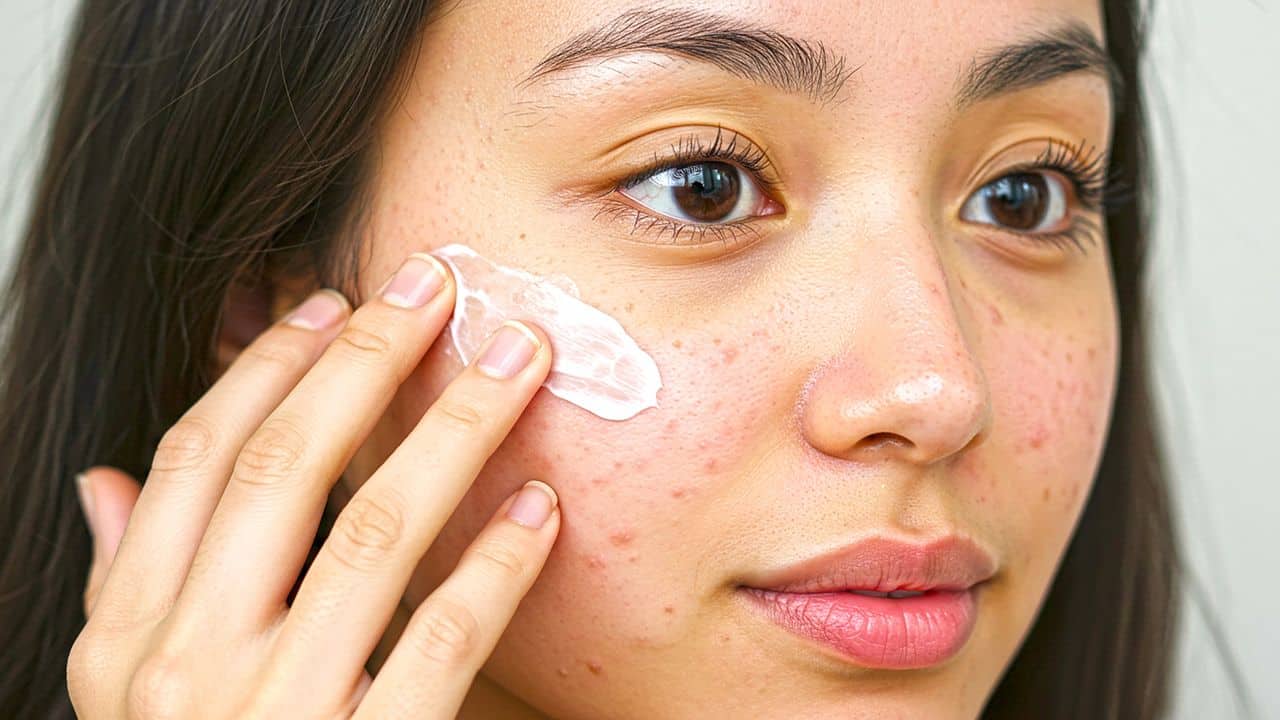
Here’s how retinol tackles acne on multiple fronts:
- Pore unclogging: Prevents dead skin cell buildup that leads to blackheads and whiteheads
- Oil regulation: Normalizes sebum production, reducing the oily environment bacteria thrive in
- Anti-inflammatory effects: Helps calm the inflammatory response associated with acne lesions
- Scar improvement: Accelerates cell turnover and stimulates collagen to fade acne marks
One of the most satisfying long-term benefits for acne sufferers is retinol’s ability to improve the appearance of acne scars. The combination of accelerated cell turnover and collagen stimulation gradually fades post-inflammatory hyperpigmentation and improves the texture of depressed acne scars over months of consistent use.
3. Hyperpigmentation and Tone Correction
Retinol excels at addressing various forms of hyperpigmentation through its cell-renewal effects. Whether you’re dealing with melasma, sun damage, age spots, or dark marks left behind by acne, retinol works like a gentle, ongoing resurfacing treatment. By accelerating cell turnover, it helps shed pigmented cells faster while promoting the growth of new, evenly pigmented cells.
The types of pigmentation retinol can address include:
- Melasma and sun damage: Helps shed pigmented cells and promotes even tone
- Post-inflammatory hyperpigmentation: Fades dark spots left by acne or injury
- Age spots: Combination of exfoliation and renewal helps fade photoaging marks
- Overall skin radiance: Reveals brighter, more even-toned skin over time
This process requires patience, as significant improvements in hyperpigmentation typically become noticeable after 8-12 weeks of consistent use. However, the results are often dramatic and long-lasting, especially when combined with proper sun protection.
4. Preventative Benefits
One of retinol’s most valuable but underappreciated aspects is its preventative power. Starting retinol in your mid-to-late twenties, before significant signs of aging appear, can help maintain optimal skin cell function and prevent damage from accumulating. It’s like investing in your skin’s future, helping it stay resilient and healthy for years to come.
This preventative approach is particularly effective against UV damage. While retinol isn’t a sunscreen replacement, it can help repair existing DNA damage from sun exposure while strengthening your skin’s overall structure and function.
Choosing the Right Retinol: A Detailed Guide
Understanding Concentrations
Retinol concentrations typically range from 0.1% to 2%, but choosing the right strength isn’t just about tolerance—it’s about finding the sweet spot where you get maximum benefits with manageable adjustment period:
- 0.1-0.3%: Ideal for sensitive skin, beginners, or rosacea-prone skin
- 0.25-0.5%: Good middle-ground for most skin types
- 0.5-1%: Suitable for experienced users or resilient skin
- 1-2%: Reserved for very experienced users or dermatological guidance
The formulation matters just as much as the concentration. Encapsulated retinol systems wrap the ingredient in protective liposomes, delivering it more gradually and reducing irritation potential. Time-released formulations achieve similar results by slowly releasing retinol over several hours, often allowing people to use higher concentrations with better tolerance.
Skin Type Considerations
Matching retinol to your specific skin type maximizes benefits while minimizing irritation. For sensitive or reactive skin, the key is starting incredibly slowly and choosing supportive formulations. Cream-based products with soothing ingredients like niacinamide and ceramides can help buffer retinol’s intensity while providing additional skin barrier support.
For Sensitive/Dry Skin:
- Start with 0.1% concentration in cream formulation
- Look for products with ceramides, hyaluronic acid, or niacinamide
- Consider retinyl palmitate as a gentler alternative
- Introduce very gradually (once weekly initially)
For Oily/Acne-Prone Skin: Those with oily skin often prefer gel or serum formulations that absorb quickly without leaving residue. These skin types can typically tolerate higher concentrations and may benefit from retinol products that combine other acne-fighting ingredients, though it’s wise to introduce combinations gradually.
For Normal/Combination Skin: A standard retinol serum in the 0.25-0.75% range typically works well, offering versatility that can be adjusted based on how different areas of your face respond to treatment.
The Complete Guide to Using Retinol Safely
Beginning with retinol is like training for a marathon—you wouldn’t start by running 26 miles, and you shouldn’t start by using retinol every night. The first two weeks are about introduction and assessment. Apply retinol just once per week, preferably on the same day to help you remember and track your skin’s response.
Starting Your Retinol Journey
Week 1-2: Introduction Phase
- Apply once per week on the same day
- Use only a pea-sized amount for entire face
- Apply to completely dry skin (wait 20-30 minutes after cleansing)
- Always follow with moisturizer
Week 3-4: Building Tolerance
During this phase, if your skin is responding well with minimal irritation, you can increase to twice weekly application. Some mild adjustment symptoms like slight redness or light flaking are completely normal and typically peak around this time.
Month 2 and Beyond
Many people can gradually increase to every-other-night application by the second month. The key is listening to your skin rather than following a rigid timeline. Some people’s skin adapts quickly and can handle nightly use within a few months, while others find that every-other-night application remains their sweet spot long-term.
The Perfect Retinol Routine
Creating an effective retinol routine requires thoughtful product sequencing and timing. Your evening routine on retinol nights should begin with a gentle, non-stripping cleanser that removes the day’s buildup without compromising your skin barrier. Here’s how you can use retinol as a part of your evening routine:
- Gentle cleanser: Remove makeup and daily buildup
- Wait time: 15-20 minutes for skin to dry completely
- Retinol application: Pea-sized amount, avoiding eye area initially
- Wait time: 20-30 minutes before next step
- Moisturizer: Nourishing, barrier-supporting formula
- Optional face oil: For extra hydration if needed
Your morning routine becomes even more critical when using retinol. Since retinol increases photosensitivity, daily SPF 30 or higher becomes non-negotiable. Many people find that incorporating a vitamin C serum in the morning creates a nice complement to their retinol routine, providing antioxidant protection during the day while retinol works on renewal at night.
Advanced Application Techniques
The sandwich method can be a game-changer for sensitive skin types. This technique involves applying a thin layer of moisturizer first, then retinol, then another layer of moisturizer. While this may slightly reduce retinol’s potency, it significantly improves tolerance for many people, allowing them to build up to stronger concentrations over time.
Strategic application is another valuable technique. Initially, avoid the most sensitive areas like the corners of your nose, around your eyes, and your lips. As your skin builds tolerance, you can gradually expand the application area. Some people find that different areas of their face tolerate retinol differently, requiring a customized approach.
Understanding and Managing Side Effects
The Retinization Process
The adjustment period known as retinization is a normal part of the retinol journey that catches many people off guard. During this phase, typically occurring in weeks two through six, your skin is essentially learning how to process and respond to accelerated cell turnover. Common temporary symptoms include:
- Mild redness and irritation
- Dryness and skin tightness
- Light peeling or flaking
- Increased sensitivity to other products
- Temporary increase in breakouts (purging)
Understanding the difference between normal retinization and problematic reactions is crucial. Normal adjustment symptoms are mild to moderate, improve over time, and don’t significantly impact your daily life. They might make your skin feel slightly tight or look a bit flushed, but they shouldn’t cause severe discomfort.
Management Strategies
When experiencing retinization symptoms, your response should focus on support and patience rather than abandonment. Increasing your moisturizing routine—both in frequency and richness—can significantly help manage dryness and flaking. Look for products with ceramides, hyaluronic acid, or squalane, which help restore and maintain skin barrier function. For managing side effects:
- Dryness and flaking: Use richer moisturizers and consider a humidifier
- Redness and irritation: Apply cool compresses and reduce frequency temporarily
- Purging breakouts: Resist over-treating; this phase typically lasts 4-6 weeks
- Sensitivity: Avoid other active ingredients during adjustment period
The purging phase, where retinol brings underlying clogs to the surface faster, typically lasts four to six weeks. This temporary increase in breakouts can be disheartening, but it’s actually a sign that retinol is accelerating the natural skin renewal process.
When to Seek Professional Help
While most people can successfully incorporate retinol with patience and proper technique, certain situations warrant professional consultation:
- Uncertainty about whether your reaction is normal
- Severe burning or stinging that doesn’t improve
- Persistent swelling or extreme redness
- Signs of allergic reaction (hives, severe itching)
- Worsening skin condition after 8+ weeks of use
Maximizing Your Retinol Results
Strategic Ingredient Combinations
The products you use alongside retinol can significantly impact both your results and your comfort during the adjustment period. Some ingredients work synergistically with retinol, while others should be used at different times to prevent interactions.
Beneficial combinations to use with retinol:
- Niacinamide: Reduces irritation while enhancing barrier function
- Hyaluronic acid: Provides hydration without interfering with retinol
- Ceramides: Strengthen skin barrier and reduce sensitivity
- Peptides: Complement collagen-stimulating effects
- Antioxidants (morning only): Vitamin C and E provide daytime protection
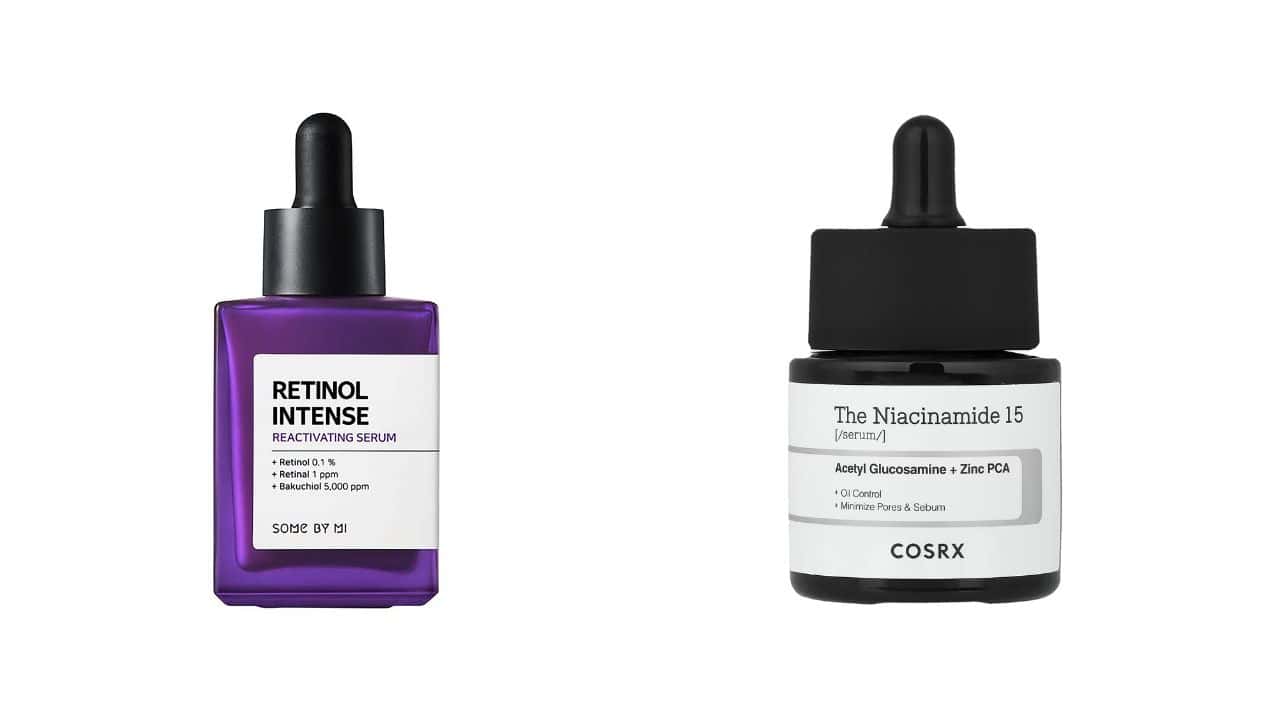
Ingredients to separate or avoid:
- AHA/BHA acids: Use on alternate nights to prevent over-exfoliation
- Benzoyl peroxide: Can deactivate retinol; separate by several hours
- High-concentration vitamin C: May cause irritation when combined directly
Timing matters tremendously when combining active ingredients. Alpha and beta hydroxy acids should generally be used on alternate nights to prevent over-exfoliation, while benzoyl peroxide can actually deactivate retinol if used simultaneously.
Lifestyle Factors for Success
Your lifestyle choices significantly influence how well your skin responds to retinol. Sun protection isn’t just recommended—it’s essential for both safety and results. Retinol increases your skin’s photosensitivity, making diligent daily SPF use crucial for preventing damage and maximizing benefits.
Hydration, both internal and external, supports your skin’s ability to adapt to retinol. Drinking adequate water and maintaining a consistent moisturizing routine help preserve skin barrier function during the adjustment period. Quality sleep is equally important, as skin repair and renewal happen primarily during nighttime hours.
Setting Realistic Expectations
Understanding the timeline for retinol results helps maintain motivation during the adjustment period:
Timeline for visible improvements:
- 2-4 weeks: Improved skin texture and radiance
- 6-8 weeks: Reduction in fine lines and improved skin tone
- 12+ weeks: Significant improvement in deeper wrinkles and pigmentation
- 6+ months: Maximum anti-aging and skin quality benefits
Remember that retinol is a long-term investment in your skin’s health and appearance. Individual results vary based on age, starting skin condition, product concentration, and consistency of application. While the adjustment period requires patience and careful attention, the results—smoother, firmer, more radiant skin—make the journey worthwhile for most people who stick with it.
Transform Your Skin From Ordinary to Extraordinary
Mastering how to use retinol effectively isn’t just about anti-aging—it’s transformative when you understand the science behind cellular renewal and discover the techniques that work harmoniously with your unique skin type and lifestyle. The days of choosing between gentle skincare and powerful results are over, thanks to advanced retinol formulations that deliver both remarkable effectiveness and manageable tolerance.
Remember that finding your perfect retinol routine is a journey of patience and refinement. What creates stunning results for one person’s skin type may need modification for another’s unique sensitivity level, skin concerns, and daily routine demands. Start with gentle introductions, gradually build your tolerance, and don’t hesitate to adjust your approach based on how different concentrations and formulations interact with your skin throughout various seasons and life stages.
While understanding the fundamentals of retinol application is crucial, having access to authentic, high-quality skincare products ensures you can achieve the professional-grade, long-lasting results that make proper retinol technique truly transformative. With countless skincare brands and retinol formulations available, finding trusted, effective products that deliver both sophistication and gentleness can feel overwhelming.
Discover your perfect skincare collection at Beautinow – your trusted destination for authentic, premium retinol products that deliver dermatologist-quality results and help you master the art of sophisticated anti-aging skincare that works beautifully with your unique skin goals and concerns.
Why choose Beautinow for your retinol needs:
- Curated selection of authentic designer and professional skincare from trusted brands known for exceptional quality and innovative retinol formulations
- High-performance retinol products with proven stability and optimal concentrations that deliver visible results
- Specialized skincare tools and accessories for optimal application, from gentle cleansers to barrier-supporting moisturizers
- Detailed skin type guides and step-by-step tutorials for mastering advanced retinol techniques
- Expert skincare advice and personalized product recommendations based on your skin type, concerns, and sensitivity level
Your skincare routine deserves the superior quality and transformative results that only come from professionally formulated, authentic retinol products designed to enhance your natural beauty and deliver lasting improvements. Experience the difference that genuine, high-quality retinol can make with Beautinow’s expertly curated collection of anti-aging skincare.
Frequently Asked Questions
Q: Can I use retinol with vitamin C?
A: Yes, but timing is crucial. Use vitamin C in your morning routine and retinol at night to avoid potential irritation and ensure both ingredients work at their optimal pH levels. Some people with very sensitive skin may need to use these powerful actives on alternate days initially. When properly separated, vitamin C and retinol actually complement each other beautifully—vitamin C provides antioxidant protection during the day while retinol works on cellular renewal at night.
Q: How long does it take to see results from retinol?
A: Most people notice improved skin texture and radiance within 2-4 weeks of consistent use. More significant changes like reduction in fine lines and improved skin tone typically require 6-8 weeks, while dramatic improvements in deeper wrinkles and hyperpigmentation often need 3-6 months or more. The timeline varies based on your starting skin condition, the retinol concentration you’re using, and your consistency of application. Remember, retinol is a marathon, not a sprint—patience leads to the most impressive long-term results.
Q: What should I do if my skin is purging from retinol?
A: Skin purging is a normal part of the retinol adjustment process that typically lasts 4-6 weeks as retinol accelerates cell turnover and brings underlying clogs to the surface. Don’t stop using retinol during this phase, but do resist the urge to over-treat breakouts with harsh products. Maintain a gentle skincare routine, use a good moisturizer, and be patient. If purging lasts longer than 8 weeks or seems severe, consider reducing your retinol frequency or consulting a dermatologist to ensure you’re experiencing normal purging rather than irritation.
Related posts
How to Buy Authentic Niche Perfume at the Best Price
In the hushed corridors of a Parisian perfumery, where alabaster bottles catch filtered afternoon light like precious gems, a revelatio...
How to Buy Authentic Niche Perfume: A Complete Guide
In the dimly lit ateliers of Grasse, where perfumers have been crafting liquid poetry for centuries, something extraordinary is happeni...
The Science and Seduction of Pheromone Perfume: What You Need to Know
In the hushed corners of fragrance boutiques and the scrolling feeds of beauty influencers, a particular category of scent has been gen...
10 Reasons Why You’ll Love Being a Beautinow VIP Member
In the constellation of luxury fragrance retailers, where every boutique promises exclusivity and every brand whispers of sophisticatio...
The Sophisticated Art of Finding Cheaper Alternatives to Tom Ford Black Orchid
There's something almost mythical about walking into a room wearing Tom Ford Black Orchid. The way heads turn, the subtle compliments t...
Best YSL Perfumes for Men in 2026: The Definitive Guide
In the hushed corners of Parisian perfumeries, where light filters through crystal bottles and conversation turns to notes of vetiver a...
Affordable Christmas Perfume Gifts That Actually Feel Luxurious
There's something inherently intimate about gifting fragrance—it's a gesture that says you've paid attention, that you understand someo...
The Definitive Guide to Perfumes That Smell Like Creed Aventus: Luxury Scents Without the Luxury Price Tag
There's a certain magnetism to walking into a room wearing the right fragrance. It's not loud, it's not desperate—it's simply there, co...
Perfume Advent Calendars: 12 Days of Niche Scents
There's something quietly revolutionary happening in the world of fragrance, and it arrives in December wrapped in numbered boxes. Forg...
Christmas Makeup Ideas: Your Guide to Festive Glamour That Actually Works
Picture this: You're getting ready for the season's most anticipated gathering, and you're faced with the same tired holiday makeup dil...
Perfumes That Smell Like Christmas: Your Guide to Festive Fragrance Magic
There's something almost alchemical about the way certain fragrances can transport you instantly to a snow-dusted evening in December, ...
Perfume for Sensitive Skin That Won’t Cause Allergies: The Essential Guide to Scent Without Irritation
There's a particular kind of disappointment that comes with finding a fragrance you love, only to discover hours later that your skin h...
Comments


